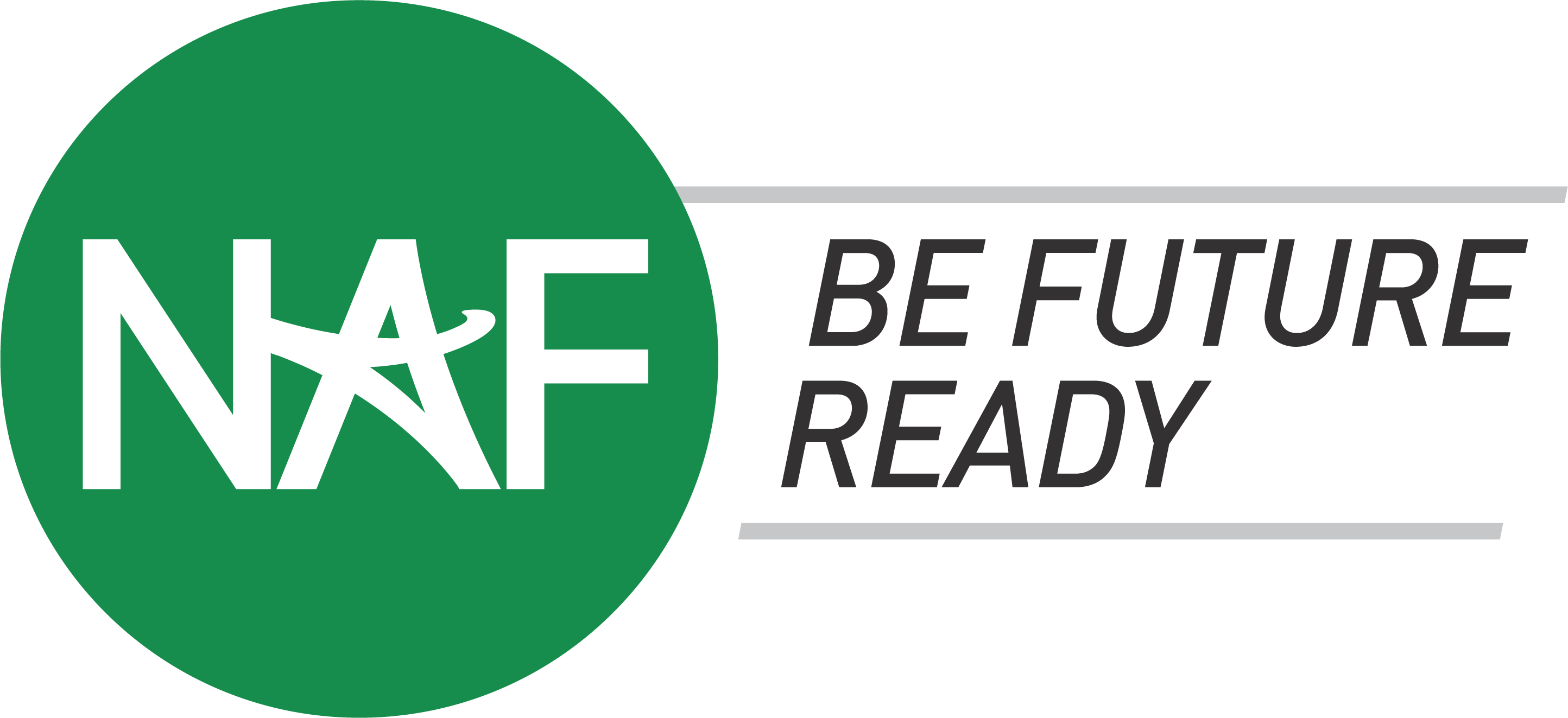As we look ahead to the next school year and beyond, ensuring that ALL students have access to high-quality learning opportunities, and the resources needed to thrive, are top of mind. With COVID-19 further exposing educational inequities, the digital divide, and social disparities that have marginalized too many young people in this country, our work has become even more essential.
For over 40 years, NAF has partnered with hundreds of high schools to implement a results-driven educational design that includes STEM-infused, career-relevant curricula and work-based learning activities. Together, we have promoted collaboration between education and business leaders to strengthen local economies and talent pipelines and will be sharing some best practices about excelling in extraordinary circumstances.
Our annual Academy Assessment measures an academy’s strengths and challenges in implementing the design, with an emphasis on continuous improvement in deepening academic and developmental outcomes.
The highest scores on the assessment are NAF Model academies. A subset of those academies—which achieve additional thresholds—are recognized as Katherine Blasik Distinguished Academies.
In 2020-2021, NAF proudly announced that more than 200 academies reached Model quality level, and 178 reached Katherine Blasik Distinguished quality level. Of these, 135 of the academies have reached this quality level more than once, and 43 are new to the roster.
Under Dr. Katherine Blasik’s leadership, NAF’s Academy Assessment system has become what it is today—an essential measurement tool to help academies become the strongest that they can be to deliver the best possible opportunities for student success.
NAF Chief Executive Officer, Lisa Dughi, said, “During an ongoing time of uncertainty that requires flexibility and creativity for us all to do our work differently, NAF academies embraced challenges with a spirit of innovation.”
Below are three examples of how academies provided school-based solutions to improve student outcomes. These are stories spotlighting powerful partnerships, pivoting to virtual work-based learning and internships, harnessing technology and innovation, and more:
Dillard High School, Academy of Health Sciences (AOHS)—Fort Lauderdale, FL
Quote: “As AOHS students are exposed to new material, through the use of activities, discussions, and interviews with various health care providers, they are able to master new beginnings.”
Best Practice: Our academy has found innovative ways to offer our students opportunities they might have otherwise missed. While the pandemic limited students’ ability to visit hospitals, doctor offices, and emergency rooms, they received medical education from professionals, including brain surgeons, cardiologists, gastroenterologists, veterinarians, and more. Several have even used the experiences gained to pursue careers such as an RN, ARNP, PA, and veterinarian tech.
James Madison High School, Academy of Information Technology (AOIT)—Brooklyn, NY
Quote: “Students explore within the IT field, as well as have opportunities to complete work-based learning in other careers. They can discover what interests them and find out what doesn’t resonate.”
Best Practice: Upperclassmen and recent graduates regularly share their work-based learning experiences with academy students. Their enthusiasm and knowledge make these activities accessible and encourage students to apply for internships, visit colleges, and shadow professionals. Graduates are very willing to organize panels, conduct mock interviews, and invite guests. In turn, this makes our current students want to give back to our academy and keeps the cycle going.
New Britain High School, Academy of Manufacturing, Engineering & Technology (MET)—New Britain, CT
Quote: “New Britain schools work collectively and collaboratively with community and industry partners to create a best-in-class manufacturing academy program that develops a skilled, talented pipeline.”
Best Practice: The MET Academy is designed to foster a small learning community within a comprehensive high school that focuses on and embeds the NAF educational design to connect high school students with the worlds of manufacturing, engineering, and technology.
We hope you feel inspired by these promising practices and can learn from their insights—especially as we continue to think about driving impact.
It will remain imperative to be steadfast in advocating for our country’s young people to develop the skills they will need to thrive in the digital age, as well as in person. School board leaders, educators, corporate partners, advisory board members, policymakers, and more must come together to offer resources, opportunities, and mentorship along the way.
The future of learning, as well as the world of work, will be as successful as we make it.
Will you join us? Visit NAF.org to learn more and get involved today!
Tiffany Barfield, Senior Director of Policy & Advocacy at NAF
The writer can be contacted at: tbarfield@naf.org


